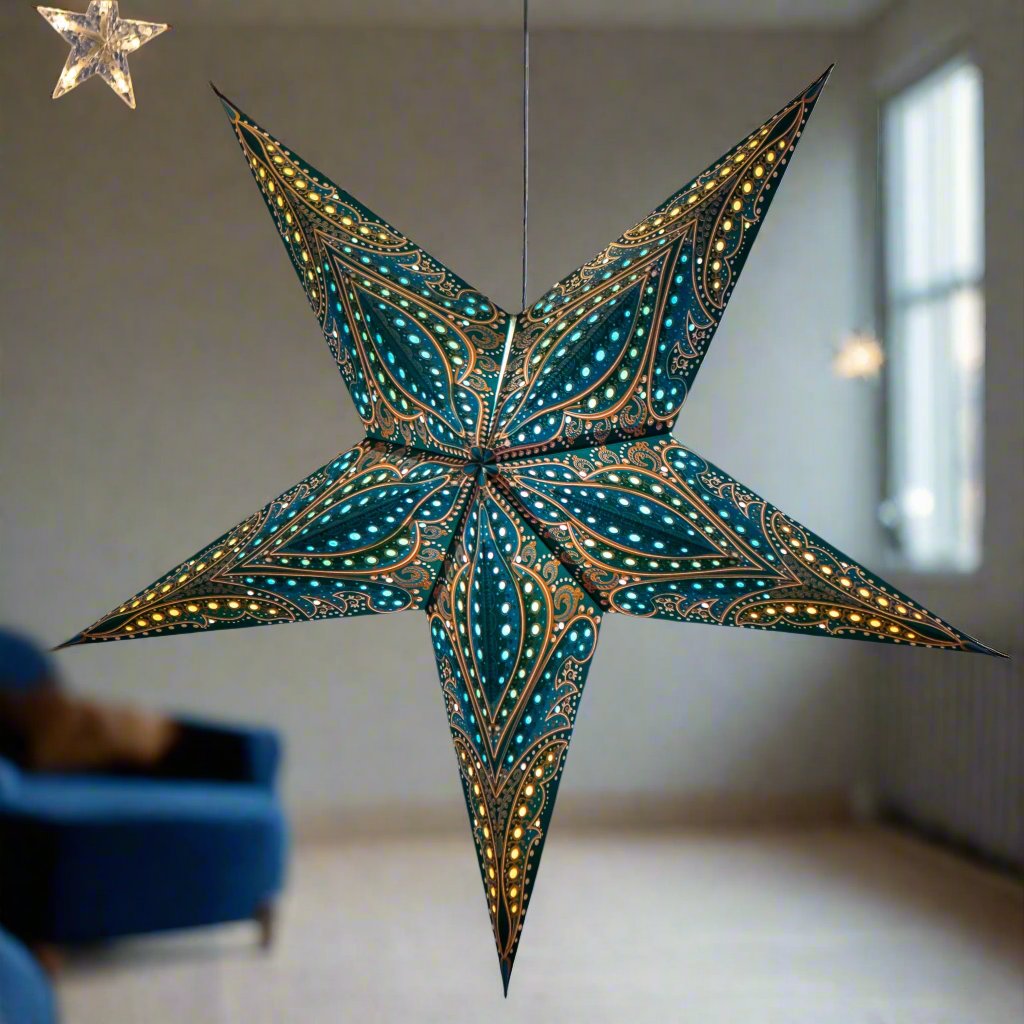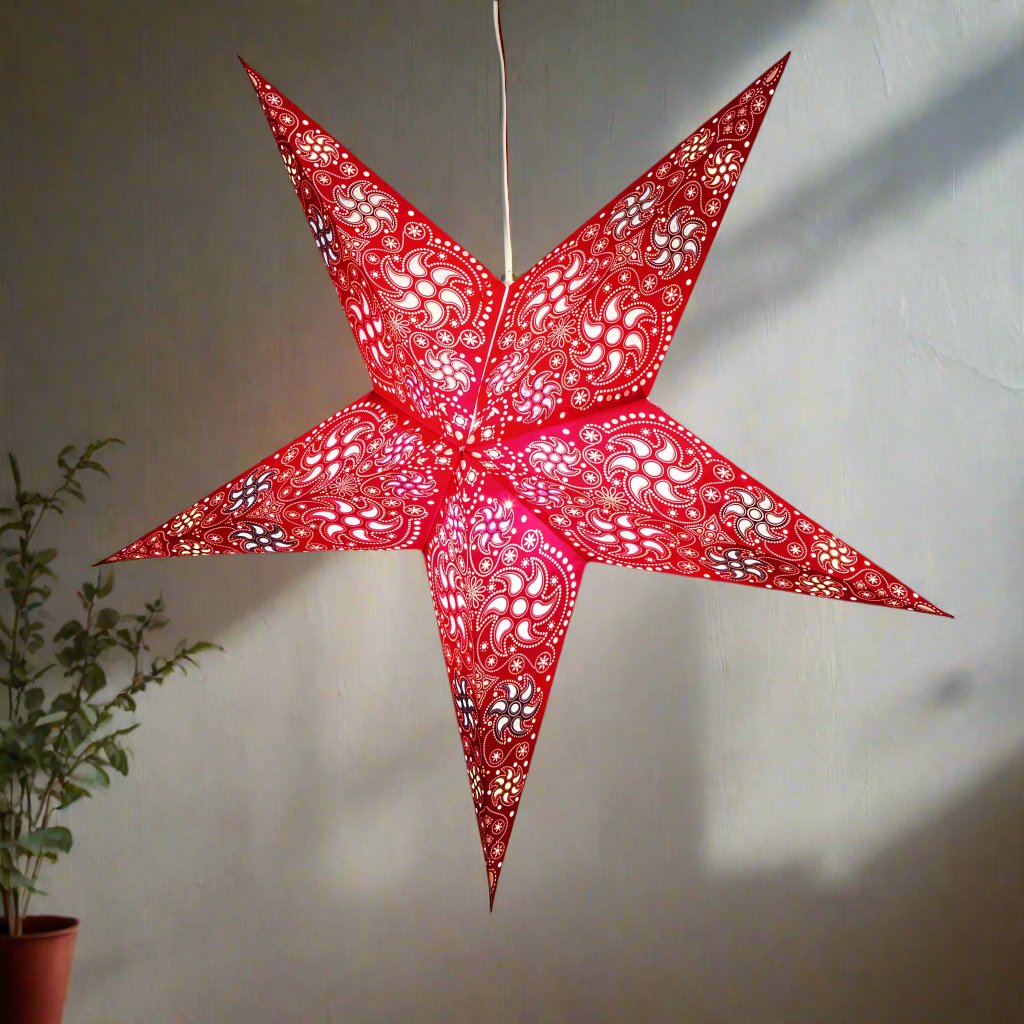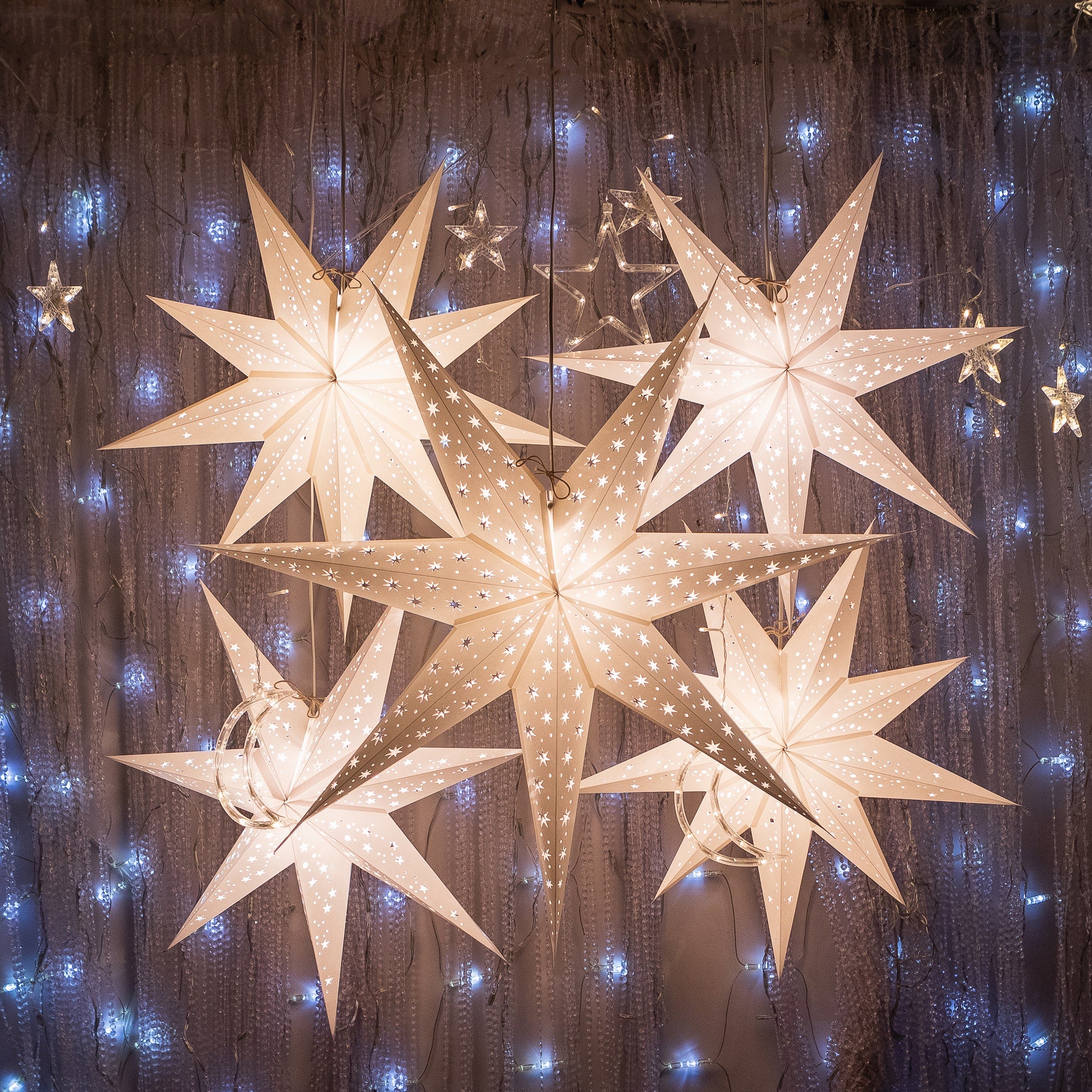Neutral lighting is a popular choice for many people who want to create a calming and comfortable atmosphere in their homes or offices. This type of lighting mimics natural daylight, creating a bright and welcoming environment that can have a positive impact on your mood, productivity, and overall well-being. In this article, we will explore the benefits of neutral lighting and provide you with a comprehensive guide to selecting the right neutral lighting for your space.
Understanding Neutral Lighting
Neutral lighting is a type of lighting that mimics natural daylight. It has a balanced colour temperature, typically between 4000K to 5000K, which makes it neither too warm nor too cool. Neutral lighting creates an atmosphere that is similar to the outdoor environment during the day. It's ideal for spaces where you want to create a bright and welcoming environment without any harsh or artificial lighting.
Benefits of Neutral Lighting
Boosts Productivity
Neutral lighting is ideal for workspaces as it helps to boost productivity. It creates an environment that promotes alertness and enhances focus, making it easier to complete tasks efficiently.
Enhances Mood
Neutral lighting has a calming effect that can help to improve your mood and reduce stress. It creates a warm and welcoming environment that can help you relax and unwind, making it ideal for spaces where you want to create a comfortable and inviting atmosphere.

Improves Visibility
Neutral lighting provides adequate brightness without creating glare or shadows, making it easier to see and perform tasks without straining your eyes
Types of Neutral Lighting
There are different types of neutral lighting that you can choose from, depending on your needs and preferences. These include natural light, LED lighting, and halogen lighting.
1. Natural Light
Natural light is considered the most suitable form of neutral lighting since it provides a well-balanced colour temperature. Nevertheless, depending entirely on natural light is not always feasible, particularly in spaces with restricted access to natural light. Windows and skylights are an excellent way to let natural light in, allowing light from the outside to flow into your surroundings.

2. LED Lighting
LED lighting is an excellent alternative to natural light as it mimics the colour temperature of natural light. It's also energy-efficient and has a long lifespan, making it a cost-effective option.
3. Halogen Lighting
Halogen lighting is another option for neutral lighting. It provides a warm and natural glow that can create a welcoming atmosphere. However, it's not as energy-efficient as LED lighting.
Choosing the Right Neutral Lighting
Choosing the right neutral lighting depends on several factors, including the purpose of the space, the size of the room, and personal preferences. Here are some tips to help you choose the right neutral lighting for your space:
Consider the Functionality of the Space
The purpose of the space will determine the type of lighting you need. For example, a workspace will require brighter lighting than a bedroom or living room. A kitchen will need lighting in key areas where food is being prepped as well as over the kitchen table.

Photo by Reinaldo Kevin on Unsplash
Determine the Size of the Room
The size of the room will also influence the type of lighting you need. A large room will require more lighting than a smaller room.
Choose the Right Colour Temperature
Choose a colour temperature between 3500K to 4500K, which is the ideal range for neutral lighting. This will ensure that the lighting is neither too warm nor too cool.
Select the Right Light Fixture
Selecting the right light fixture is also essential. Consider the style and design of the fixture, as well as its functionality.
Use dimmers
Dimmer switches allow you to adjust the brightness of your lights, making it easy to create the perfect level of lighting for any situation. You can use dimmers with all kinds of lights, including Paper Starlights, to achieve the perfect amount of neutral lighting.
Combine different light sources
To create a balanced and natural look, try using a combination of overhead lighting, table lamps, and floor lamps. This will help to evenly distribute light throughout the room and create a warm and inviting atmosphere. Harsh shadows can create an unbalanced look in your space, so try to avoid placing your lights in positions that create sharp contrasts. Instead, aim for soft and diffuse lighting that fills the room evenly.
Neutral Lighting with Paper Starlights
If you're looking for a simple and elegant way to light up your space, our range of white, cream and ivory paper star lanterns may be just what you need. These lanterns offer a neutral and calming light that can help create a relaxed and peaceful ambiance in any room.

One of the great features of our paper star lanterns is that they can be paired with an LED bulb of your preferred Kelvin level. Warm white LED bulbs emit a soft and cozy light that has a Kelvin temperature of 3000K or below. Cool white LED bulbs, on the other hand, have a higher Kelvin temperature of around 4000K, and emit a bright and crisp light that is perfect for task lighting.
For more help and information on choosing the right light bulb for your star, visit our guide here.
Our neutral lanterns can have many different effects – achieved through a combination of the lamp you choose to use, and the different papers used to produce the lanterns. With a naturally warm glow, they can be used as bold statement lighting pieces set against an overall context of neutral light. Use our star lanterns to create different shades of neutral light, creating subtle texture changes in your space.
Conclusion
Lighting is an essential element in any interior design, and the right lighting can transform a dull room into a warm and inviting space. By following these tips, you can create a beautiful and natural-looking space with neutral lighting. Whether you're relaxing in your living room or working in your home office, neutral lighting can help to create a calming and comfortable atmosphere that you'll love spending time in.












Leave a comment